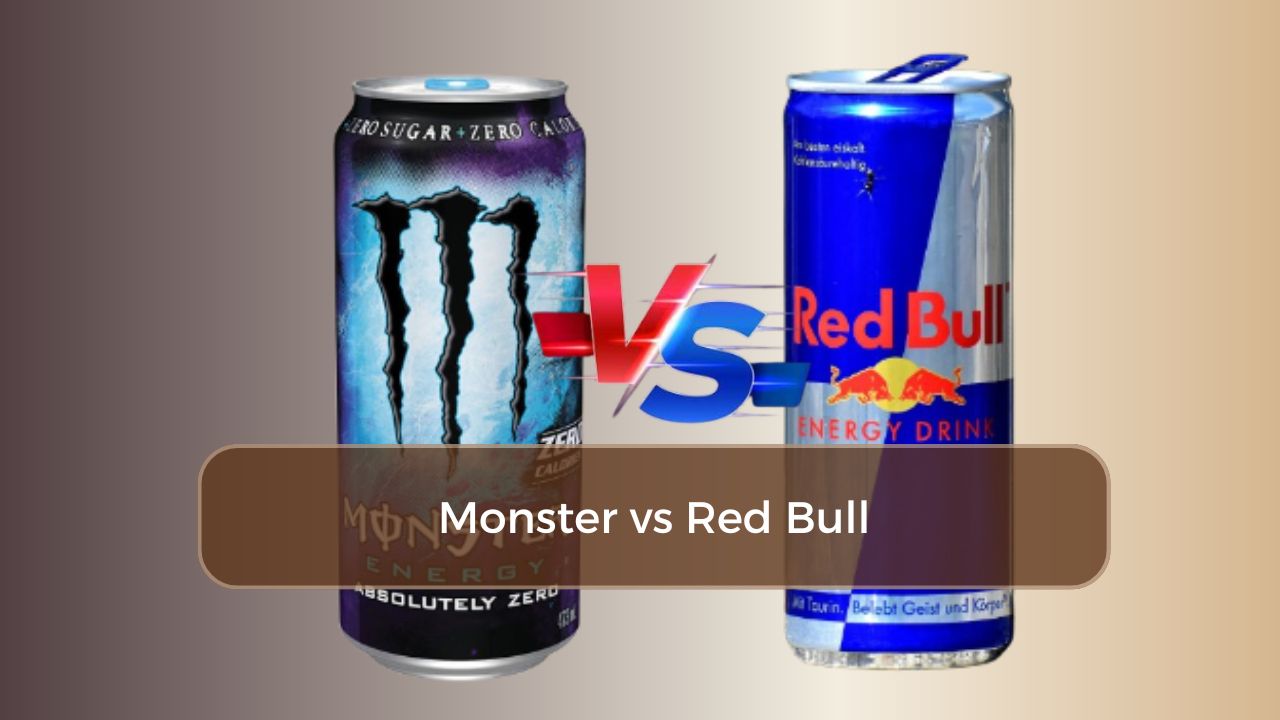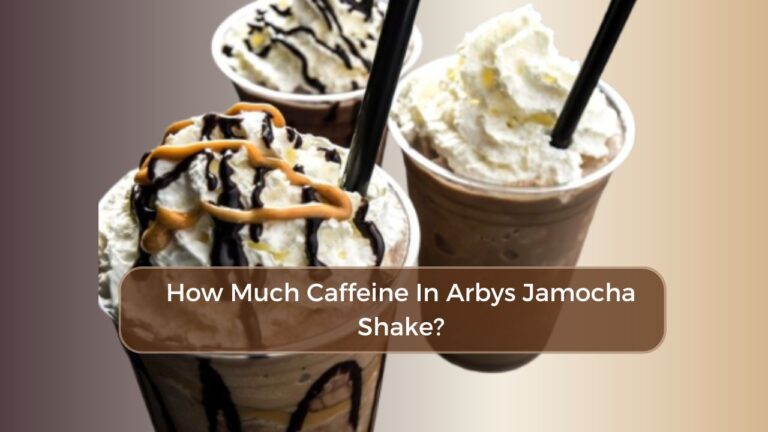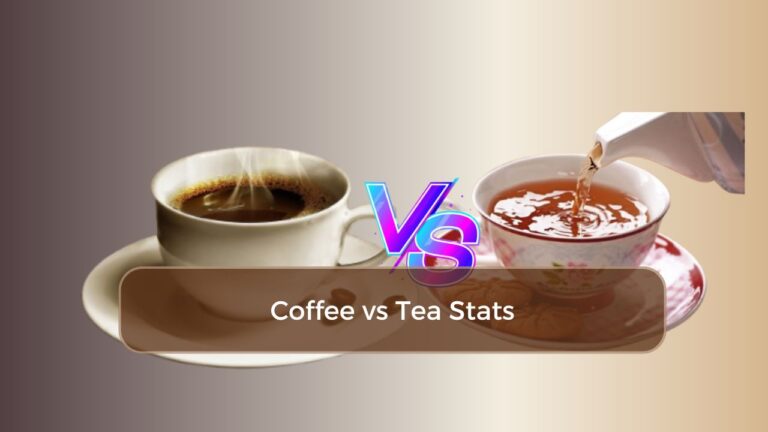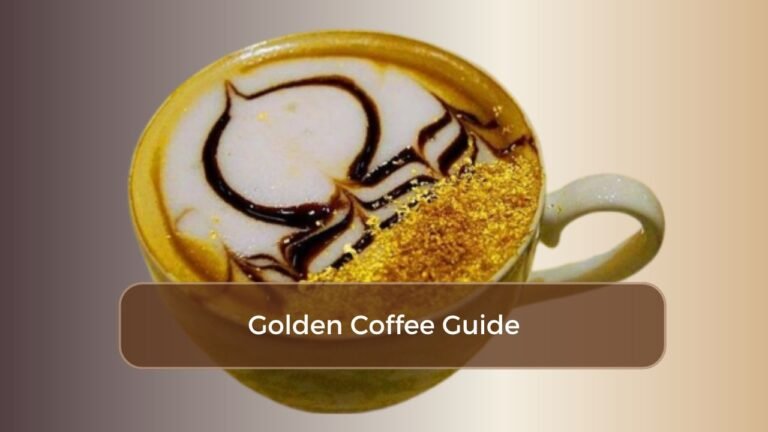Monster vs Red Bull: Ingredients, Effects, and Which One Wins
Monster vs Red Bull are titans of the high-octane energy drink world. These beverages have transcended their roles as mere stimulants, evolving into cultural phenomena that fuel athletes, students, and night owls alike.
When comparing the caffeine content, one might wonder, does Monster or Redbull have more caffeine, and the answer is usually Monster due to its bigger cans and higher caffeine content. Our exploration of Monster and Red Bull will examine not only the flavor profiles, but also how branding strategies have influenced public perceptions and loyalty.
A Quick Look At Monster vs Red Bull
A big difference between Monster versus Red Bull is their sheer size not in ounces, but in marketing appeal as well. The 12-ounce can of Red Bull feels almost like a concentrated burst of energy, appealing to those who favor a quick pick-me-up without overindulgence.
When comparing Monster or Red Bull, people often lean towards one or the other depending on their taste preferences and energy needs. Monster Energy vs Red Bull has sparked debates among consumers, with each brand promoting its unique qualities and benefits.
Monster embraces the notion of stamina with its larger servings starting at 16 ounces and peaking with the impressive 24-ounce Mega Monster. The brand markets itself as the go-to choice for athletes and those on marathon workdays.
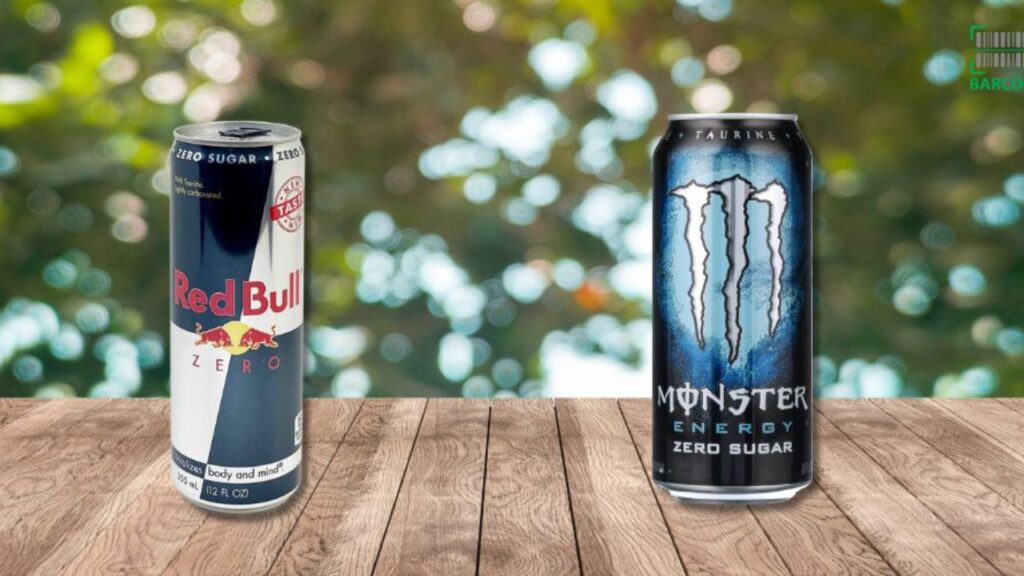
In the ongoing debate of Monster Energy drink vs Red Bull, many wonder does Red Bull or Monster have more caffeine, as both promise an energy boost, but Monster tends to offer a larger dose of caffeine per serving. So, when it comes to energy drinks, what’s healthier Red Bull or Monster? The answer largely depends on your specific health and energy needs.
This difference in size does more than sate your thirst; it shapes how consumers perceive their experience with each brand. In spite of Red Bull’s 111 mg per 12-ounce serving, Monster’s 89 mg still packs a power punch thanks to its larger serving size.
When considering caffeine in Red Bull vs Monster, it’s clear that the larger Monster drink offers more caffeine per ounce, but the overall content varies depending on the size of the can. Some may argue that this is a key factor in the debate of Monster versus Red Bull, especially when it comes to sustained energy throughout the day. In a Monster drink vs Red Bull comparison, the larger servings of Monster could make all the difference.
What About Health Risks?
Which is better Redbull or Monster really comes down to personal taste. Both energy drinks and fruit-flavored beverages have carved out a niche for themselves among consumers who crave that refreshing burst of flavor coupled with an energizing kick.
Beneath the surface of these seemingly innocent beverages lies a complex web of health implications that cannot be ignored. Experts urge caution in how frequently and how much you consume these drinks while they might provide temporary alertness or enjoyment.
When it comes to choosing Red Bull or Monster, it’s important to be aware of the health risks associated with both. A comparison of Monster caffeine vs Red Bull reveals differences in caffeine content, but health experts often caution about the effects of excessive consumption of either.
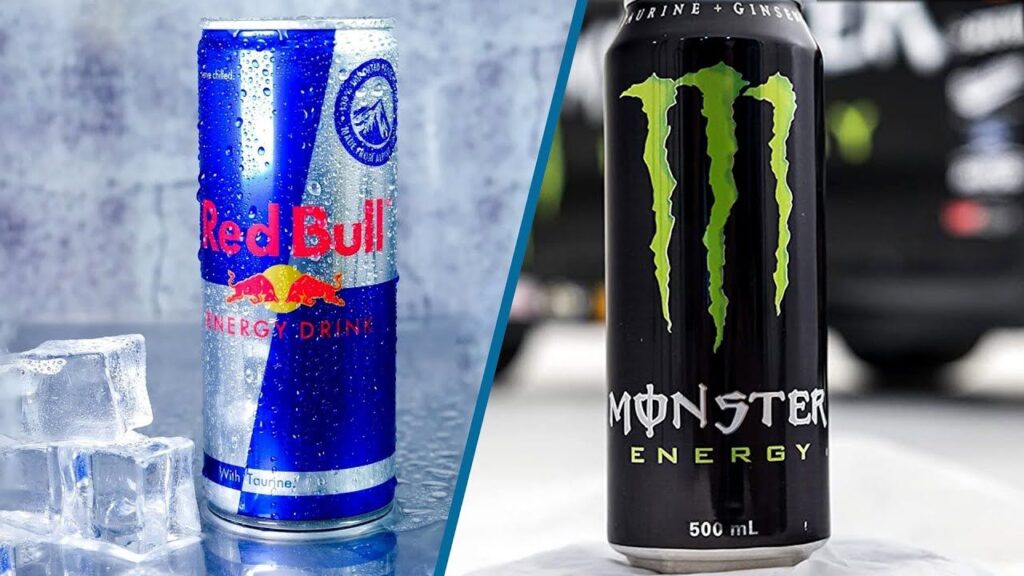
The Redbull vs Monster latest discussions continue to evolve, especially as new research on energy drink consumption emerges.
It’s even more important for those with gastrointestinal issues or pre-existing conditions. Reports highlight severe consequences tied to both mild and excessive consumption ranging from heightened heart rates to alarming incidents of cardiac complications and even fatalities.
This has led healthcare professionals to emphasize moderation, advising adherence to guidelines suggested by the FDA regarding caffeine intake, capping it at 400 mg per day for most adults.
How Much Caffeine, Sugar, Calories Is In Monster?
Experts warn that is Monster good for you is not a simple yes or no, while it can boost energy. Let’s find out how much caffeine, sugar and calories are in this drink.

Caffeine
Each 16-ounce can of Monster energy drink packs a punch with 89 mg of caffeine, making it a popular choice for those seeking an instant boost to power through their day. When comparing Monster versus Red Bull, many consumers are drawn to Monster for its larger size and caffeine content.
In terms of Monster caffeine vs Red Bull, Monster offers a slightly lower caffeine content per ounce, but the larger serving size makes up for it. For those wondering does creamer reduce caffeine, adding creamers to these energy drinks will not impact their caffeine levels. In the Monster energy drink vs Red Bull debate, the decision often comes down to size and personal preference.
It is crucial to approach these energizing beverages with moderation, as just three cans could easily catapult you beyond the FDA’s recommended daily limit of 400 mg. These drinks are laced with vitamins and other performance-enhancing compounds aimed at elevating physical endurance.
Sugar
The staggering 54 grams of sugar found in a Monster Energy drink is not a casual statistic. It serves as a glaring red flag for health-conscious consumers. When you consider that this amount is more than double the FDA’s recommended daily limit of 24 grams, the implications become clear: indulging in just one can leads to an immediate sugar overload.
This sudden spike could trigger a rollercoaster of side effects ranging from irritability and fatigue to fluctuations in mood and energy levels. Your body might respond with hormonal chaos while you are seeking an energy boost.
Calories
The 16 oz can of Monster packs 210 calories, but it is important to consider how easily those calories accumulate. Opting for a single serving can represent almost 14% of the lower end of the FDA’s recommended caloric intake for an adult.
Most people might not realize that a regular-sized chicken thigh has similar caloric content at 206 calories but offers far more nutritional benefits. Protein-rich and packed with essential vitamins and minerals, chicken serves as a more satisfying choice that fuels your body sustainably.
How Much Caffeine, Sugar, Calories In Red Bull?
Many consumers ask, does Red Bull have more caffeine than Monster, but the answer is no, Monster generally contains more caffeine due to its larger size. There is no definitive answer to is Monster or Redbull better, as it all comes down to personal choice and how your body reacts to each brand. Below you can find out caffeine, sugar and calories in this drink.
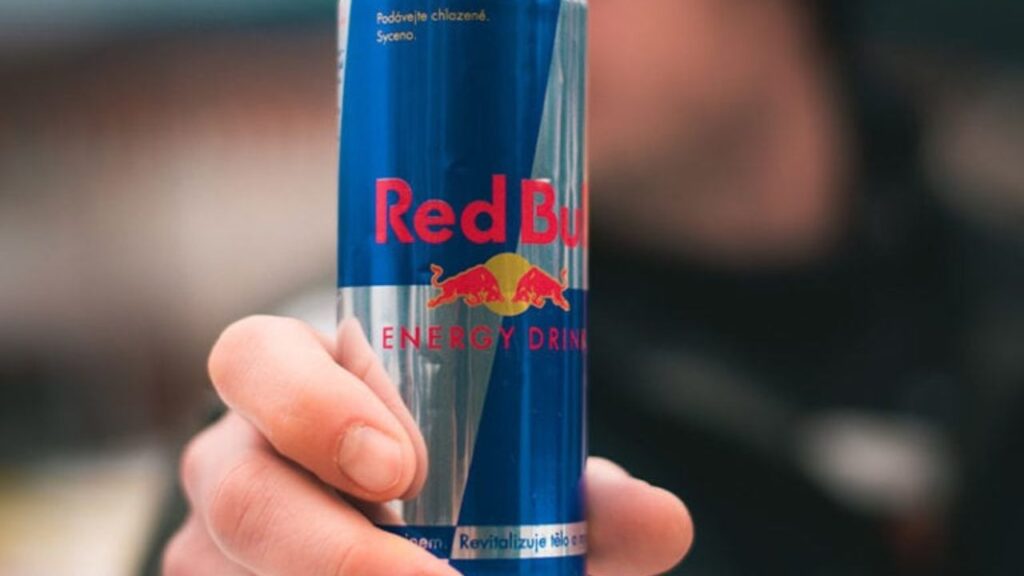
Caffeine
Many energy drink enthusiasts gravitate towards larger cans like Monster, the compact 8.4-ounce Red Bull offers a strategic advantage. It not only competes closely with other energy drinks with 80 mg of caffeine packed into its smaller volume but also aligns perfectly with the caffeine content found in a 8 oz cup of coffee.
This makes Red Bull an attractive option for those seeking a quick boost without overindulging in liquid volume, perfect for busy days when every sip counts. This smaller size allows consumers to control their intake more effectively.
Sugar
A single can of Red Bull packs 27 grams of sugar, it’s essential to consider not just the numbers but also how they fit into our daily lives. This amount does exceed the FDA’s recommended daily limit for added sugars, which is set at about 25 grams for women and 37.5 grams for men.
Monster drinks take sugar overload to a whole new level with some varieties containing over 50 grams per can. This stark difference invites us to critically evaluate our beverage choices and their impact on overall health.
Calories
The 8.4 oz can of Red Bull offers an appealing option at 110 calories, making it a smart selection for those mindful of their caloric intake. Monster’s 16 oz offering packs in nearly double the calories, significantly impacting your dietary plans if consumed regularly.
Choosing Red Bull can mean enjoying the necessary energy boost without the guilt associated with heavier alternatives like Monster. This makes Red Bull not only a go-to for fitness enthusiasts but also for anyone navigating weight management or dietary restrictions.
Conclusion
In the battle of Monster vs Red Bull, it Is essential to consider not just market presence but also the cultural impact each brand has carved out. The debate of what is better Monster or Redbull is common, with fans of each brand arguing that it all comes down to flavor, caffeine content, and serving size.
Monster energy drinks have successfully aligned themselves with extreme sports and a lifestyle that embodies adrenaline and rebellion, creating a community around their bold flavors . Red Bull has cultivated an image of sophistication paired with intellectual pursuits, sponsoring events from Formula 1 racing to world-class music festivals.
FAQs
What Are Tea Drinkers vs Coffee Drinkers Stats?
Tea drinkers and coffee drinkers showcase fascinating tendencies. Recent statistics reveal that approximately 3 billion cups of tea are consumed globally each day, a testament to the drink’s deep-rooted cultural presence in countries like China and India. Coffee’s stronghold is evident with more than 2 billion cups served daily, particularly favored in Western cultures where café culture thrives.
How Bad Are Monster Energy Drinks?
These drinks position themselves as a quick and exhilarating way to boost both performance and mood, but the hidden costs can be far more significant than the momentary high. This jolt might seem appealing to those burning the midnight oil or facing grueling workouts, yet it comes with risks that many overlook: jitteriness, insomnia, and even heart palpitations are common complaints among frequent consumers.
Are Red Bull Or Monsters To Stay Awake?
Consumers overlook the differences between Red Bull and Monster energy drinks. Red Bull has 80 mg of caffeine in an 8.4 oz can, providing a lighter taste that’s easier on sensitive stomachs. In contrast, Monster offers 160 mg of caffeine in a larger 16 oz can, along with higher sugar content and added ingredients like taurine and ginseng, which aim to prolong energy levels.

